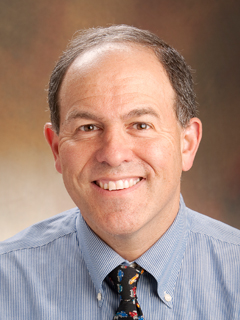HOW CAN WE HELP YOU? Call 1-800-TRY-CHOP
Center for Pediatric Airway Disorders
A child's respiratory system and airways form a fragile but fundamental area for breathing, swallowing, and speaking. Airway disorders can range from those acquired at birth, such as subglottic stenosis, to those that result from an accident, such as when a child swallows a button battery or other foreign object. Children with narrowing of the trachea face the prospect of long-term dependence on a tracheostomy, and patients with recurrent laryngeal nerve injury may never speak normally.
This Frontier program is one of the few centers in the country specializing in tracheal reconstruction, recurrent laryngeal nerve reinnervation, and a variety of other specialized airway procedures. The multidisciplinary team plans to pioneer new techniques and devices to advance these complex procedure and develop new treatment strategies. One arm of this translational research effort involves the launch of a new cartilage and bioengineering materials laboratory.
The Center for Pediatric Airway Disorders program received Frontier status in Fiscal Year 2018.
Here are some highlights of the Center for Pediatric Airway Disorders program's research efforts:
- Work by Karen Zur, MD, associate director of the Pediatric Airway Disorders Frontier program, established the use of recurrent laryngeal nerve reinnervation for rehabilitating dysphonia and aspiration in children with iatrogenic unilateral vocal fold paralysis
- In collaboration with Developmental Therapeutics at the CHOP Cancer Center, pediatric airways disorders experts established an international protocol for managing children with recurrent respiratory papillomatosis
- Based on research by Ian Jacobs, MD, director of the Pediatric Airway Disorders Frontier program, and his team, The National Capital Poison Center updated its guidelines to encourage parents and caregivers to administer honey immediately and while en route to the hospital after a child swallows a button battery to potentially mitigate injuries.

